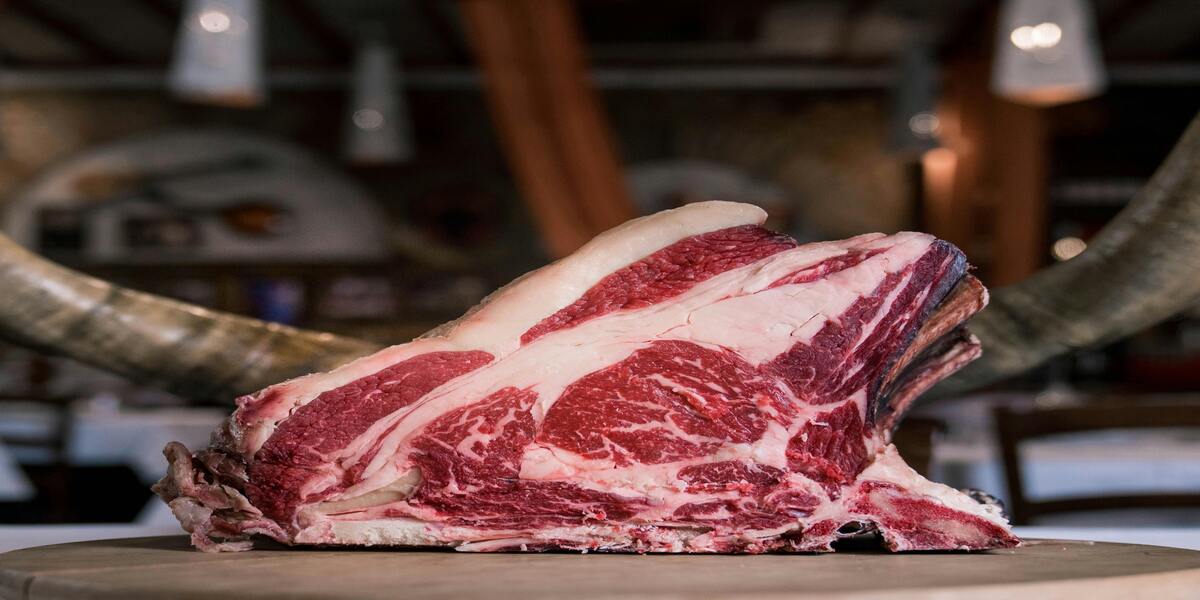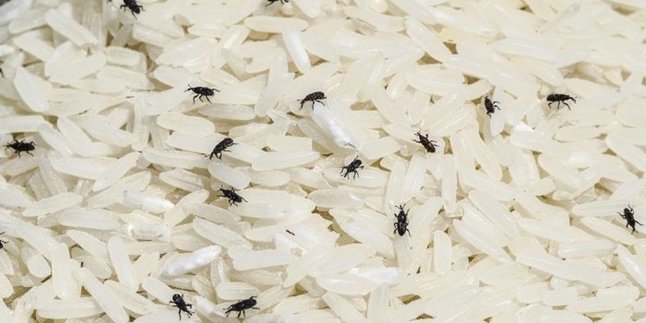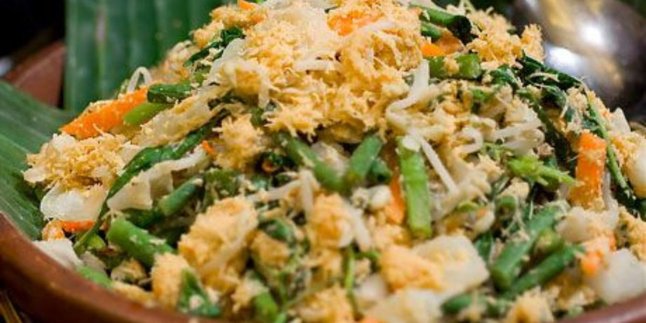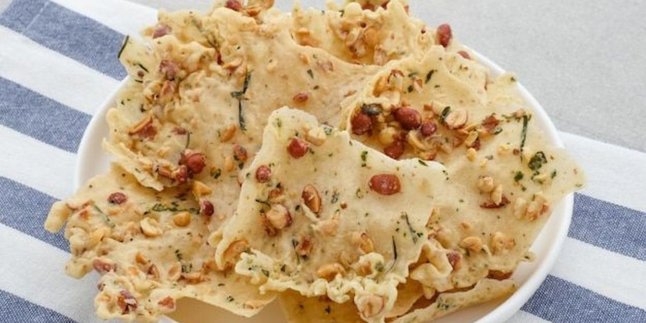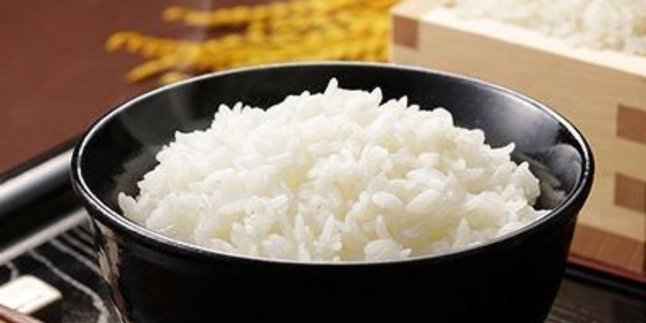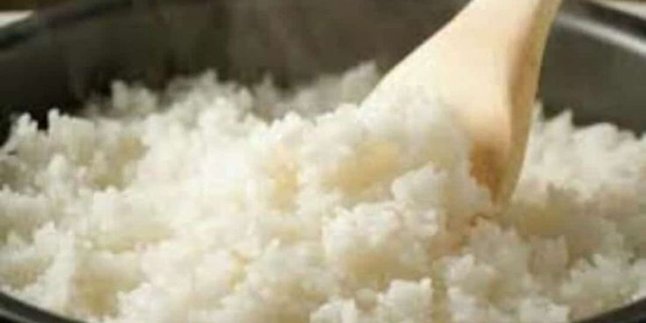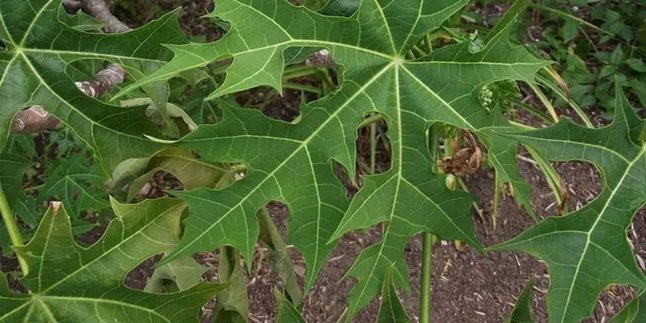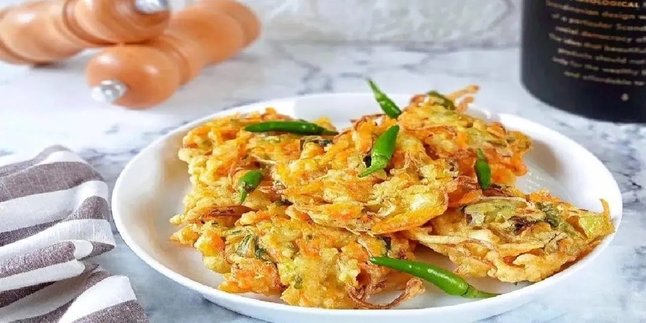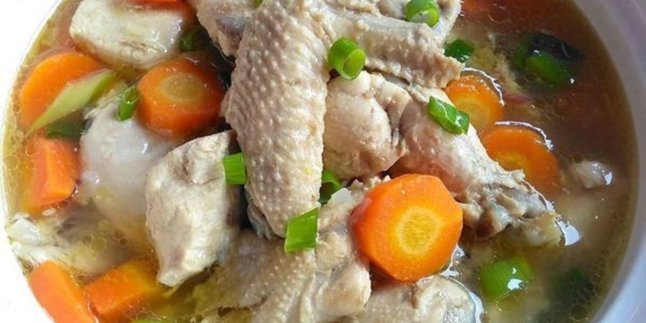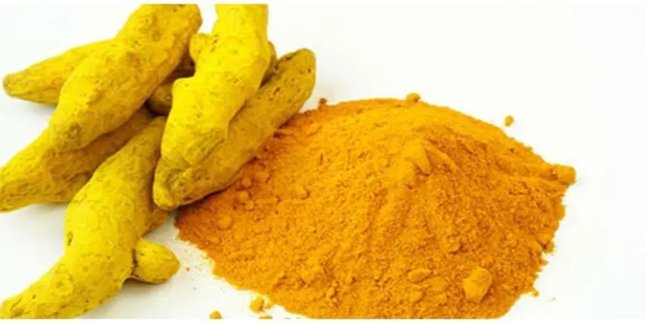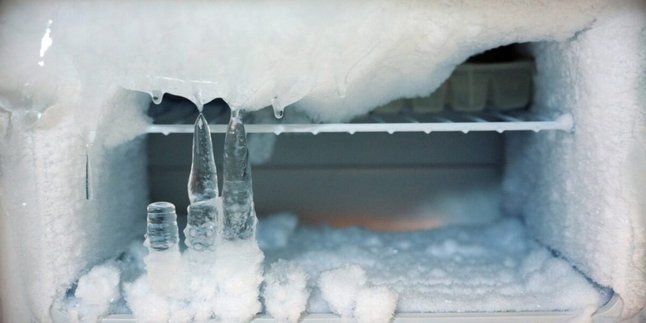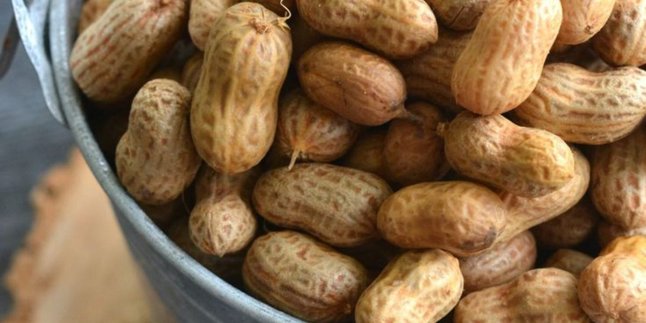Kapanlagi.com - Beef ribs are one of the favorites in the culinary world, always managing to captivate food lovers. From appetizing rib soup to tempting grilled ribs, this dish never fails to steal the spotlight. However, to get tender beef ribs that are free from unpleasant odors, special techniques are needed to truly maximize the flavor.
As summarized on Monday (28/10/2024) on the YouTube channel Dian Resep, there are interesting tricks you can try at home. By using natural ingredients, such as guava leaves, you can eliminate the characteristic aroma of beef ribs and make the meat even more tender. Curious? Here are the steps you must follow to create the perfect beef rib dish!
1. Choose Fresh Beef Ribs
When you want to prepare delicious beef ribs, it is important to ensure that the meat is still fresh for maximum flavor. In the video, Dian Resep emphasizes not to wash the meat before cutting, as this can actually reduce its natural flavor and texture.
By cutting the beef ribs to your liking without washing them first, you can maintain the quality of the meat while cooking and create a mouthwatering dish.
2. Boil Ribs with Guava Leaves
After the beef ribs are cut, the next step is to soak them in a pot of boiling water that is ready. Add nine guava leaves for one kilogram of ribs, as recommended by Dian.
These guava leaves are not only effective in eliminating the unpleasant odor that often bothers, but they also make the ribs more tender. In this way, the beef ribs will be ready to tantalize the taste buds without any disturbing aroma.
3. Boil Until Dirt is Lifted
Boil the beef ribs with guava leaves until all the dirt and leftover fat float to the surface of the water, a clever technique to clean the meat without losing its natural flavor.
After this process is complete, drain the beef ribs one by one and discard the contaminated boiling water.
4. Rinse Under Running Water
After the first boiling, the beef ribs are carefully cleaned under running water, ensuring that every trace of dirt is removed. This process is not only important but also makes the meat look clean and ready for the next cooking step.
Thus, the beef ribs are now ready to proceed to the final boiling stage and free from any unpleasant odors.
5. 5-30-7 Boiling Method
After cleaning the beef ribs, Dian reveals her secret to cooking them with the clever 5-30-7 boiling technique. She starts by boiling the ribs for five minutes, then turns off the heat and lets them soak for thirty minutes, before continuing to boil for another seven minutes.
The result is perfectly tender beef ribs without spending too much time in the kitchen, making it an efficient choice for those who want to try it.
6. Questions and Answers About How to Process Beef Ribs
7. How can beef ribs become tender quickly?
To get tender and delicious ribs without any unpleasant odor, try the 5-30-7 boiling method.
8. Why do beef ribs need to be boiled more than once?
The repeated boiling process is not only effective in removing dirt but also helps reduce the fat sticking to the ribs, making the meat cleaner and more tender to enjoy.
9. Is guava leaves mandatory to use?
Guava leaves have extraordinary properties in eliminating the unpleasant smell from beef, making them an interesting natural choice. However, if guava leaves are not available, you can switch to alternative ingredients that are also effective, such as ginger or bay leaves.
10. How long should beef ribs be cooked to be perfectly done?
With the practical 5-30-7 technique, you only need about 45-50 minutes, including boiling and preparation time.
(kpl/mhs)
Disclaimer: This translation from Bahasa Indonesia to English has been generated by Artificial Intelligence.
